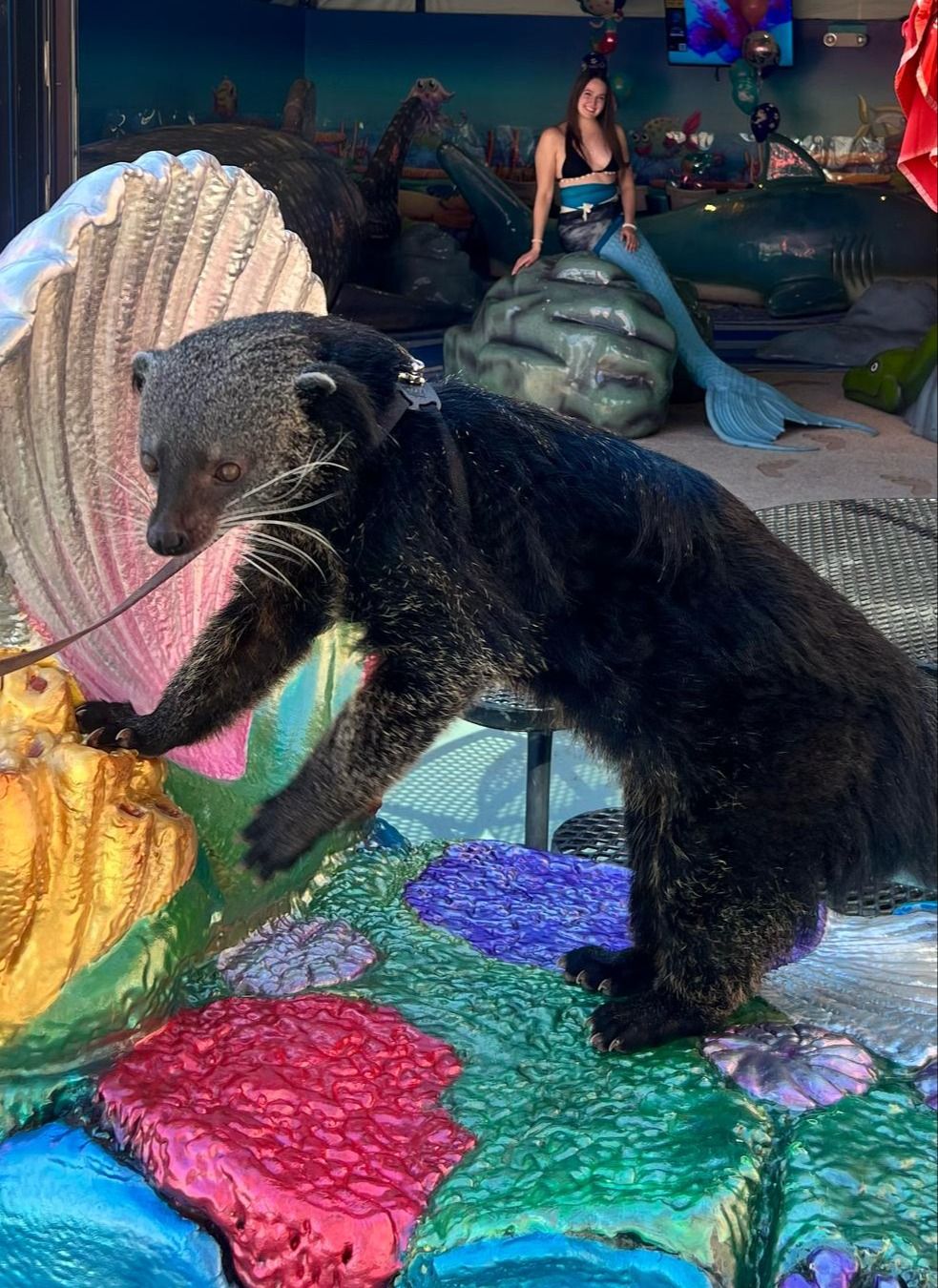- Explore the role of captive experiences in fostering conservation education and public awareness about marine life.
- Discuss the complexities of marine mammal husbandry and the scientific principles behind behavioral enrichment.
- Analyze the efforts in wildlife conservation to protect marine ecosystems and their inhabitants.
- Highlight the career pathways in zoology and wildlife management that contribute to the preservation of marine species.
- Examine the balance between entertainment and education in zoo and aquarium exhibits.
In our quest to understand marine life, we turn to unique exhibitions like "Yuni wants to be like our Mystic Mermaids!" offered in some aquariums and marine parks. These exhibits aim to engage the public in conversation while entertaining them with fascinating displays. By featuring performers embodying mythological mermaids, they capture the interest of audiences who may otherwise overlook the critical issues facing marine ecosystems. It’s a gateway to conservation education and public awareness about marine life, marrying fantasy with reality to foster a deeper understanding of the intricate balance that marine species maintain within their environments.
Captive experiences, such as aquariums and marine parks, play a significant role in education because they allow the public to observe and learn from species that may otherwise remain unknown. By witnessing these animals firsthand, individuals are more likely to develop a connection with them, leading to increased interest in their preservation. As such, these attractions serve to bolster conservation efforts globally, inspiring the next generation of scientists, conservationists, and advocates.
Understanding the care of marine mammals within these environments offers insight into their natural behaviors. Marine mammal husbandry involves a detailed regimen of care, including proper nutrition, regular veterinary examinations, and social interactions that reflect their natural relationships. Central to this care is behavioral enrichment—a scientific approach designed to stimulate the animals mentally and physically. This could be through changing environmental factors, introducing new objects or challenges, or encouraging natural hunting and foraging behaviors. By maintaining these stimuli, caretakers ensure that animals remain engaged and display behaviors closely aligned with their wild counterparts, assuring both welfare and authenticity in visitor experiences.
The conservation of marine ecosystems is paramount as human activities increasingly threaten them. Pollution, overfishing, and climate change have disrupted these delicate habitats, placing many species at risk. Efforts to protect these ecosystems focus on establishing marine protected areas (MPAs), enforcing sustainable fishing practices, and reducing pollution. Conservationists work tirelessly to monitor marine populations, protect critical habitats, and rehabilitate injured wildlife to increase the resilience of these ecosystems against future threats.
Career pathways in zoology and wildlife management are diverse and crucial to the preservation of marine species. Aspiring marine biologists and conservationists can pursue specific tracks such as research, where they study animal behavior, ecology, and conservation strategies. Others may become involved in policy-making, advocating for legislations that protect marine life and their environments. In zoos and aquariums, professionals work as caretakers, educators, or exhibit designers, all contributing to the educational mission of these institutions. Each role, while distinct, requires a common foundation of understanding the scientific and ethical aspects of species preservation.
The integration of entertainment with education poses an interesting challenge for zoos and aquariums. On one hand, engaging exhibits like "Yuni wants to be like our Mystic Mermaids!" draw in large crowds, offering an opportunity to educate a broad audience. On the other hand, these institutions must navigate the risk of prioritizing spectacle over substance. The balance lies in ensuring that, while visitors are entertained, they depart with a greater understanding of and appreciation for marine life. By doing so, these institutions not only entertain but also cultivate informed advocates for marine conservation.
"Yuni wants to be like our Mystic Mermaids!" reflects the profound interplay between the allure of storytelling and the gravitational pull of scientific inquiry. It embodies a mission to inspire curiosity and action, resonating with the idea that education can be both engaging and informative. Coalescing fantasy and reality in this way, aquariums and marine parks utilize such performances to promote a message of conservation, embedding a lasting impact on all who visit. This innovative approach ensures a steady flow of curiosity-driven individuals passionate about safeguarding the marvels of marine life for future generations.
*****
Source Description
Yuni wants to be like our Mystic Mermaids! 🧜♀️


